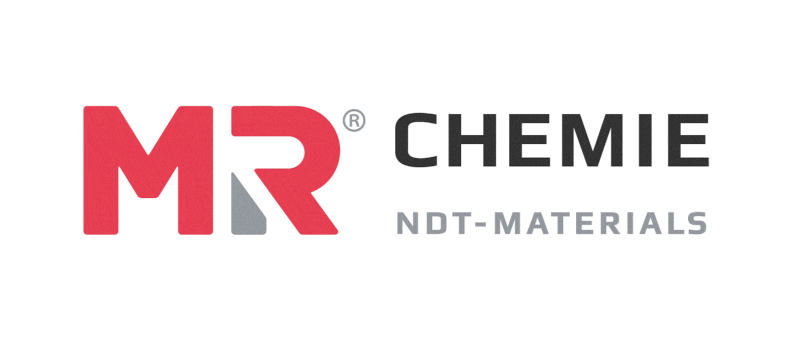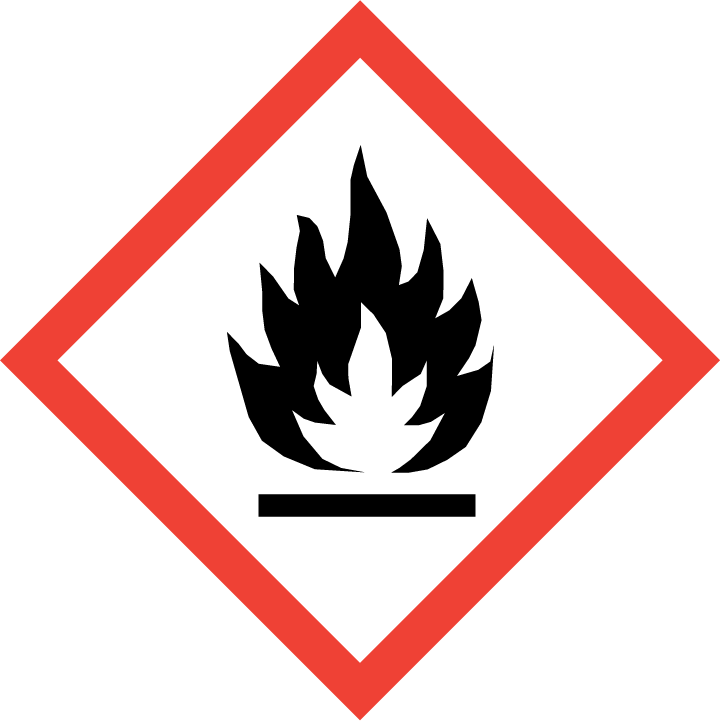

MR®91H is a NDT-approved non-halogenated hydrocarbon-based cleaner/remover for pre-cleaning (removes oils, greases and other contaminants) and removing excess surface penetrant from an inspection area before applying developer during during dye-penetrant inspection for high temperature applications upto 200°C. It dries quickly without leaving any residue on the surface.
| SKU | Pack Size | Case Size |
|---|---|---|
| 2511-0162 | Aerosol 400ml | 10 |
| Properties | Appearance – clear liquid Chemical Composition – mixture of hydrocarbons Basis – hydrocarbon Odour – characteristic |
| Approvals | ASME Code V; Art. 6 DIN EN ISO 3452-2 DIN EN ISO 3452-5 ASTM E165 RCC-M ASME |
| Recommended Usage |
NDT Method – Dye Penetrant Testing for high temperature Compatibility – high temperature penetrant system Area Coverage ~ 5 sq m (400ml nett Aerosol can) Usage Temperature – 122°F to 392°F / +50 °C to +200 °C Storage Temperature – 41°F to 113°F / +5 °C to +45 °C |
| Reference Test Blocks | Reference test block type 1 (Ni-Cr panel – 20µm 30µm & 50µm) Reference test block type 2 (5-star panel) ASTM test block (Aluminium comparator block) |
There are different types of cleaners used in NDT, such as solvent cleaners, emulsion cleaners, and aqueous cleaners. Solvent cleaners are typically used for removing oily or greasy contaminants, while emulsion cleaners are used for removing both oily and non-oily contaminants. Aqueous cleaners are water-based and are typically used for cleaning sensitive materials that cannot tolerate solvent cleaners.
Pre-Cleaners in NDT are used to remove contaminants such as oil, grease, dirt, and other foreign materials from the surface of the material being inspected. They work by breaking down the chemical bonds between the contaminants and the surface of the material, allowing them to be easily removed.
Intermediate Cleaners in NDT are used to remove the excess penetrant from the surface while retaining the penetrant inside the discontinuity. This is achieved by ensuring the special solvent mixture; when applied on the substrate cleans the excess penetrant on the surface and optimally dries without cleaning the penetrant seeped in the discontinuity.
| Bulk | Aerosol |
|---|---|
  |